The Most Important Supercars of The Last Decade
Published on Apr 03, 2025 at 10:00 AM | By Alessandro Renesis
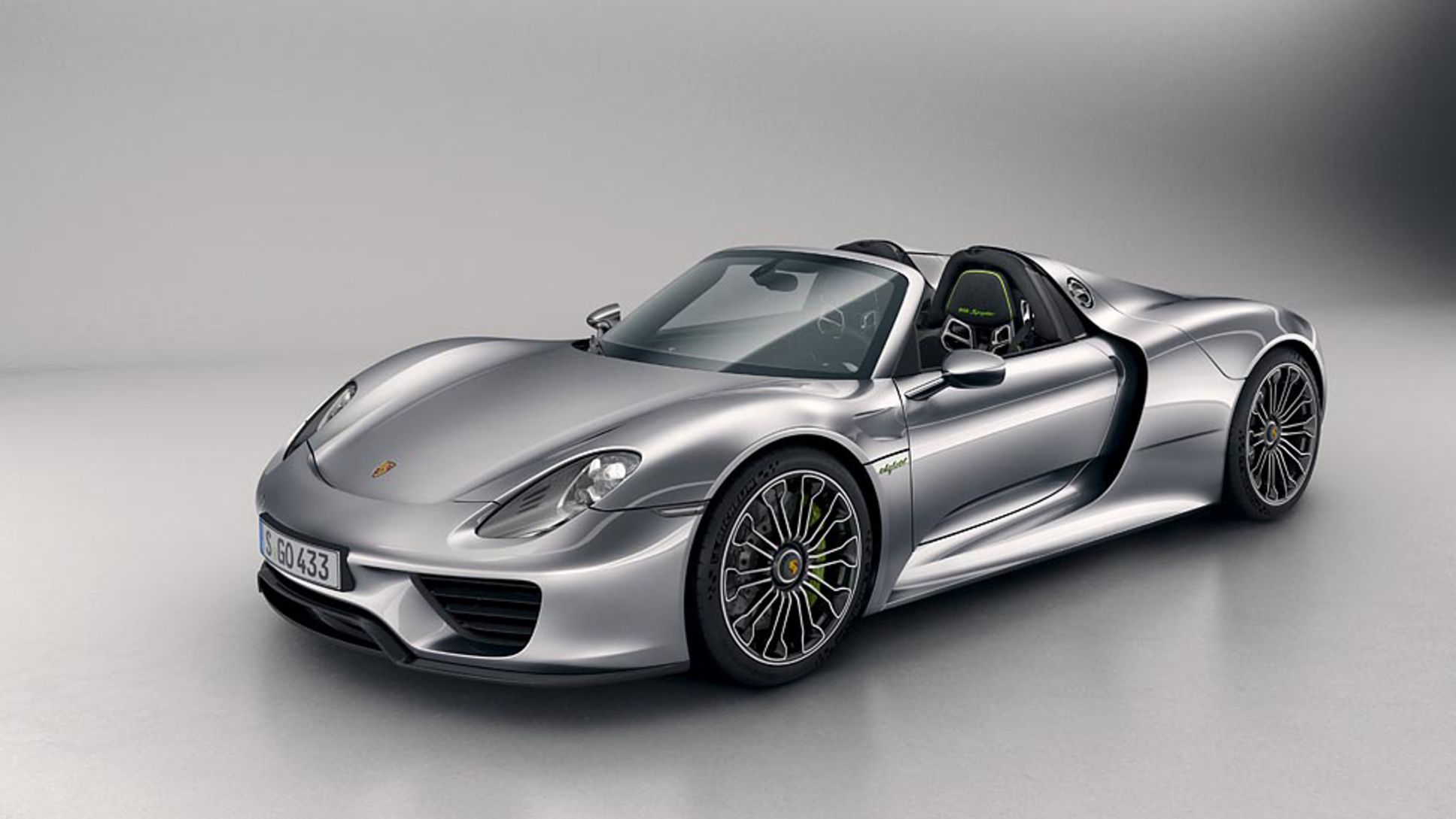
2020 feels like yesterday, but then we blinked once, and we’re already halfway through this decade.
So before we blink again and the 2020s become the 2030s, let’s take a moment to look at some of the most spectacular and sought-after supercars produced over the last 10 years, including the first half of the 2020s as well as the second half of the 2010s.
And we’ll start with arguably the most essential supercar of them all.
Bugatti Chiron (2016-2024)
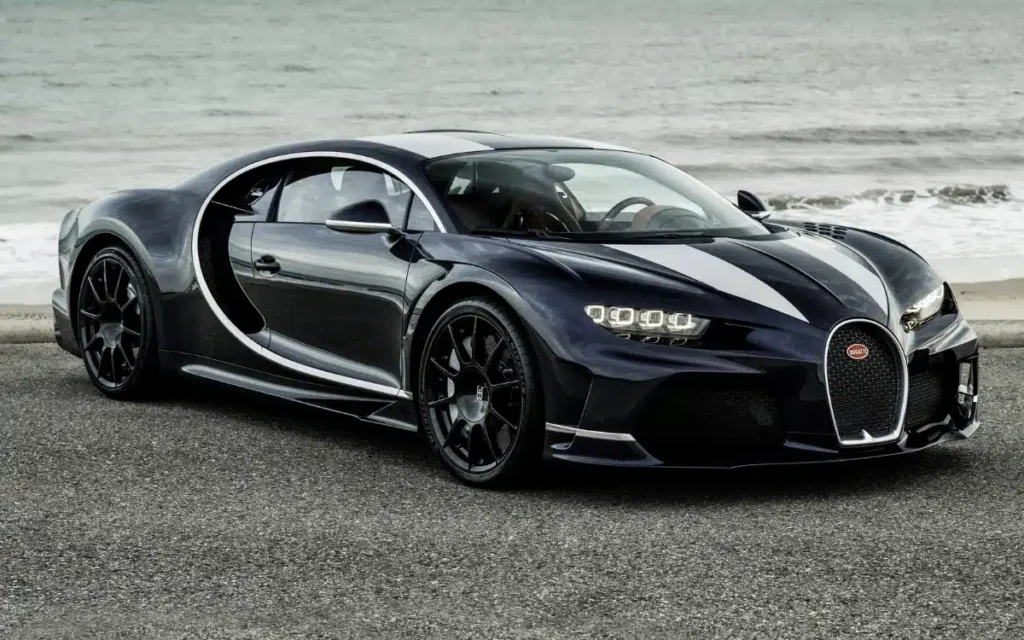
It’s a tough choice, but the Bugatti Chiron probably deserves the title of most important supercar of the last 10 years because of its impact on the industry.
The Chiron will go down as one of the fastest supercars in history and will be used as a benchmark for decades to come.
Translated, when manufacturers want to break a record, it almost always belongs to the Chiron or was set by the Chiron in the past.
This was the fastest car to accelerate to 400km/h and then brake back to zero, the quickest car to reach 400km/h, and the first production car to achieve a speed of 300+ mph.
Ferrari LaFerrari (2013-2018)
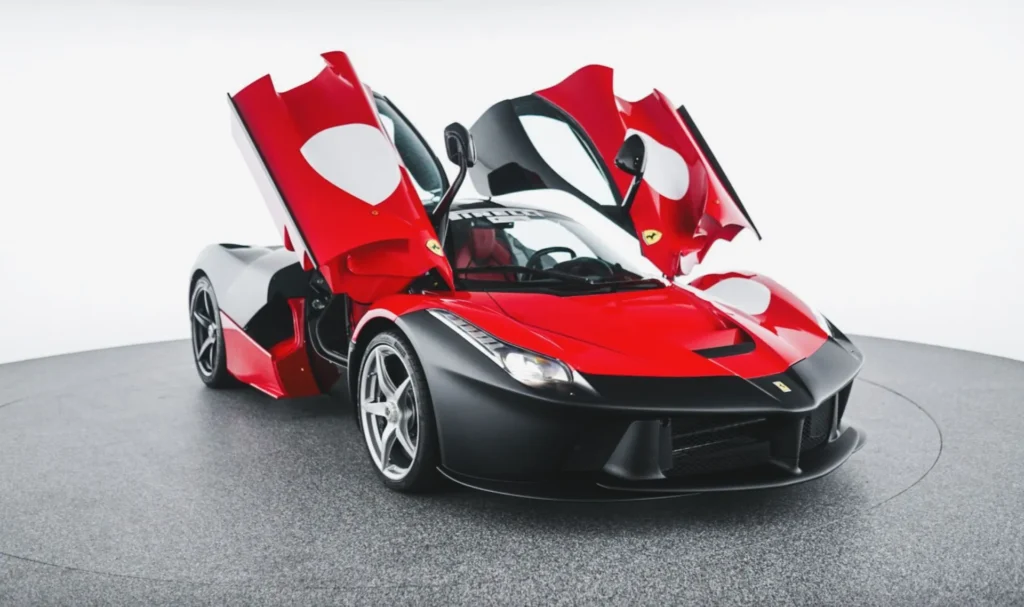
Moving on, we need to talk about the Ferrari LaFerrari.
Unveiled as a flagship supercar after the Enzo, the F50 and the F40, the LaFerrari is the one every collector wanted, and few could actually get.
It was also Ferrari’s first hybrid, and one of the first supercars to break a pricing taboo, so to speak.
This is because before the Ferrari LaFerrari came along, supercar manufacturers were a bit ‘shy’ when it came to pricing their cars, but the LaFerrari opened the floodgates because it cost more than $1,000,000.
So, now that most supercars of this caliber cost seven figures, we have the LaFerrari to thank (or blame) for that.
It depends which side of the deal you’re on which is which.
McLaren P1 (2013-2015)
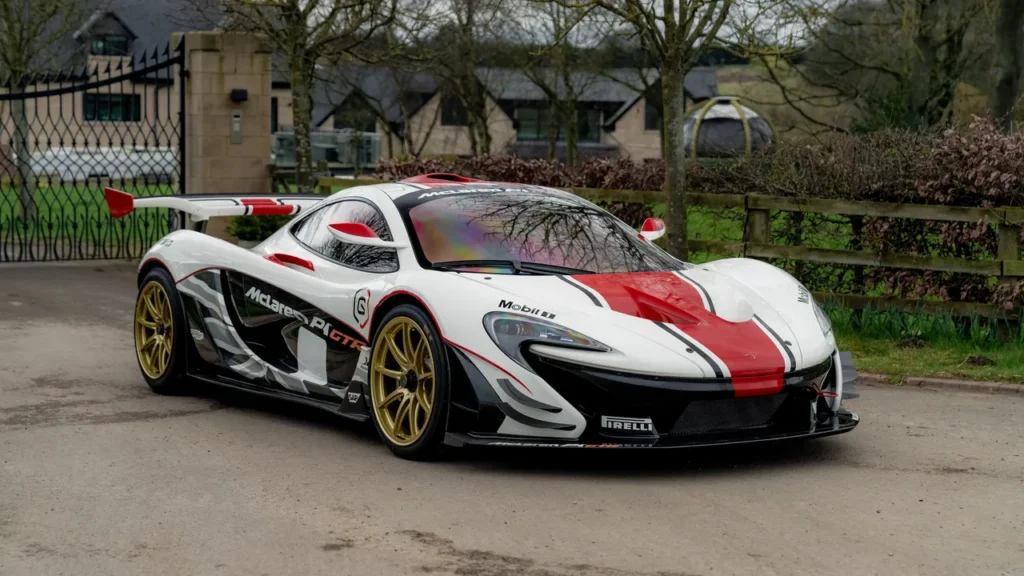
McLaren had a bit of a ‘problem’ with the F1 because it was so good the company had no idea how to match that.
It took the British automaker some time, but the F1 successor was perhaps even better than its predecessor.
Unveiled in 2013, the McLaren P1 remained in production for two years, with the last (of 375) examples leaving the factory almost exactly 10 years ago.
The P1 used a twin-turbocharged V8 with an electric motor for a combined power output of 903 horsepower.
Several spin-off variants were created, including a Spider model and a GTR version in honor of Ayrton Senna.
If we had to nitpick, we’d note that some people would’ve wanted the P1 to feature the same three-seat layout as the F1.
However, we should also point out that just a few years later, McLaren used that configuration for the Senna.
Lamborghini Sián (2020-2022)
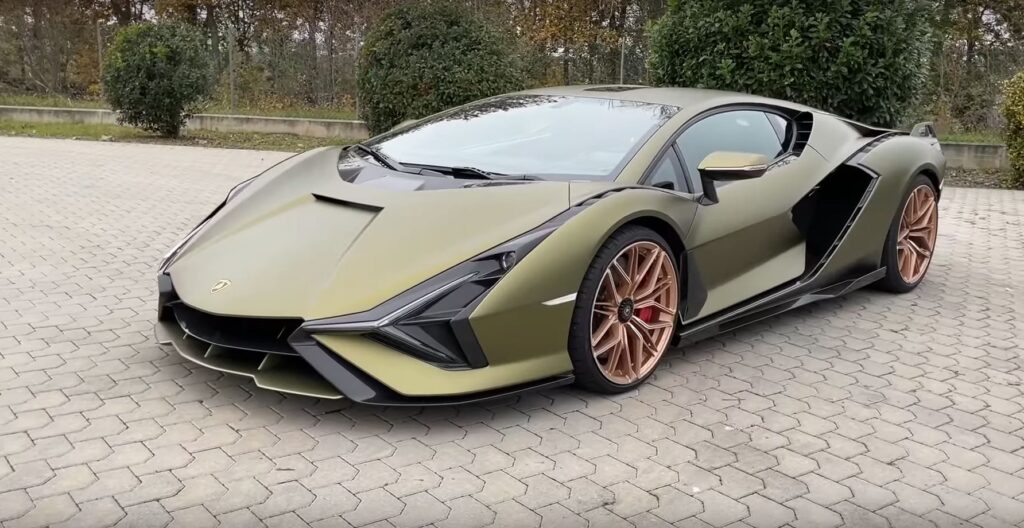
The Sián FKP 37 was unveiled in 2020 as Lamborghini’s first-ever hybrid.
It is powered by a 6.5-liter V12, paired with an electric motor integrated into the gearbox.
Production was limited to 63 units, a tribute to Lamborghini’s founding year, 1963.
The name is also interesting.
Sián is Bolognese dialect for a ‘flash of lightning’, while FKP 37 stands for ‘Ferdinand Karl Piëch’ and ‘1937’ to honor the name and birth year of the VW Group chairman who died in 2019.
Porsche 918 Spyder (2013-2015)
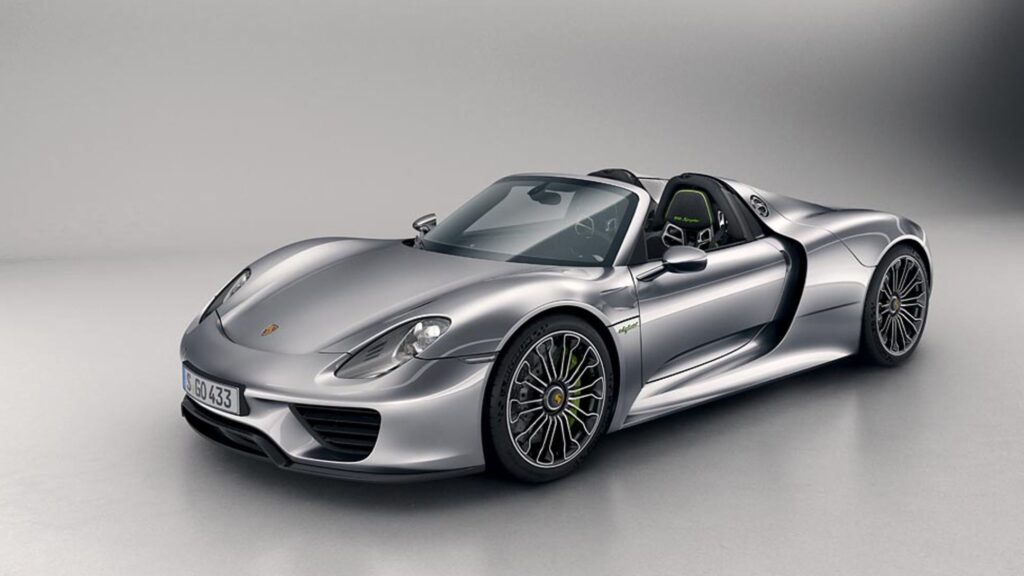
Just like the McLaren P1, the 918 Spyder was unveiled in 2013 and remained in production for two years, until June 2015.
But we have to give extra kudos to Porsche because the 918 Spyder set a record that no one else, not even Bugatti or McLaren can claim.
Back in 2013, a 918 Spyder with the Weissach Package became the first street-legal production car to break the seven-minute barrier around the Nürburgring.
It was technically sound, with a 4.6-liter V8 (unusual for a Porsche) and two electric motors, one on each axle.
The 918 was also Porsche’s first plug-in hybrid supercar and its second hybrid overall after the Panamera.
Production was limited to 718 units, with a price tag south of $800,000.
But that was then, because you now need at least $1.5 million to buy one.
Aston Martin Valkyrie (2021-2024)
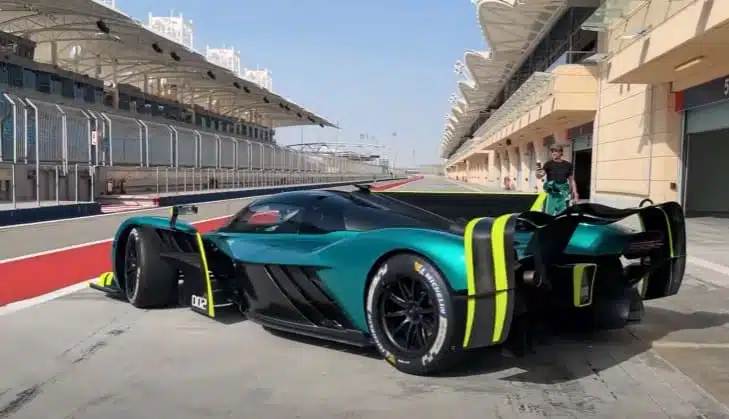
Aston Martin took its sweet time with the Valkyrie.
It was unveiled in 2016 as a concept, followed by two more prototypes in 2017 and 2019, and finally, the first production model left the factory in 2021.
It was worth the wait, though.
This is by far the most advanced Aston ever created.
It was designed by Adrian Newey, Chief Technical Officer at Red Bull F1 at the time, and it uses a 6.5-liter V12 along with an electric motor and an F1-style KERS system to turn braking energy into usable power.
Production is strictly limited.
Only 275 units in total, including 150 coupes, 85 Spiders, and 40 AMR Pro, the track-only version.
